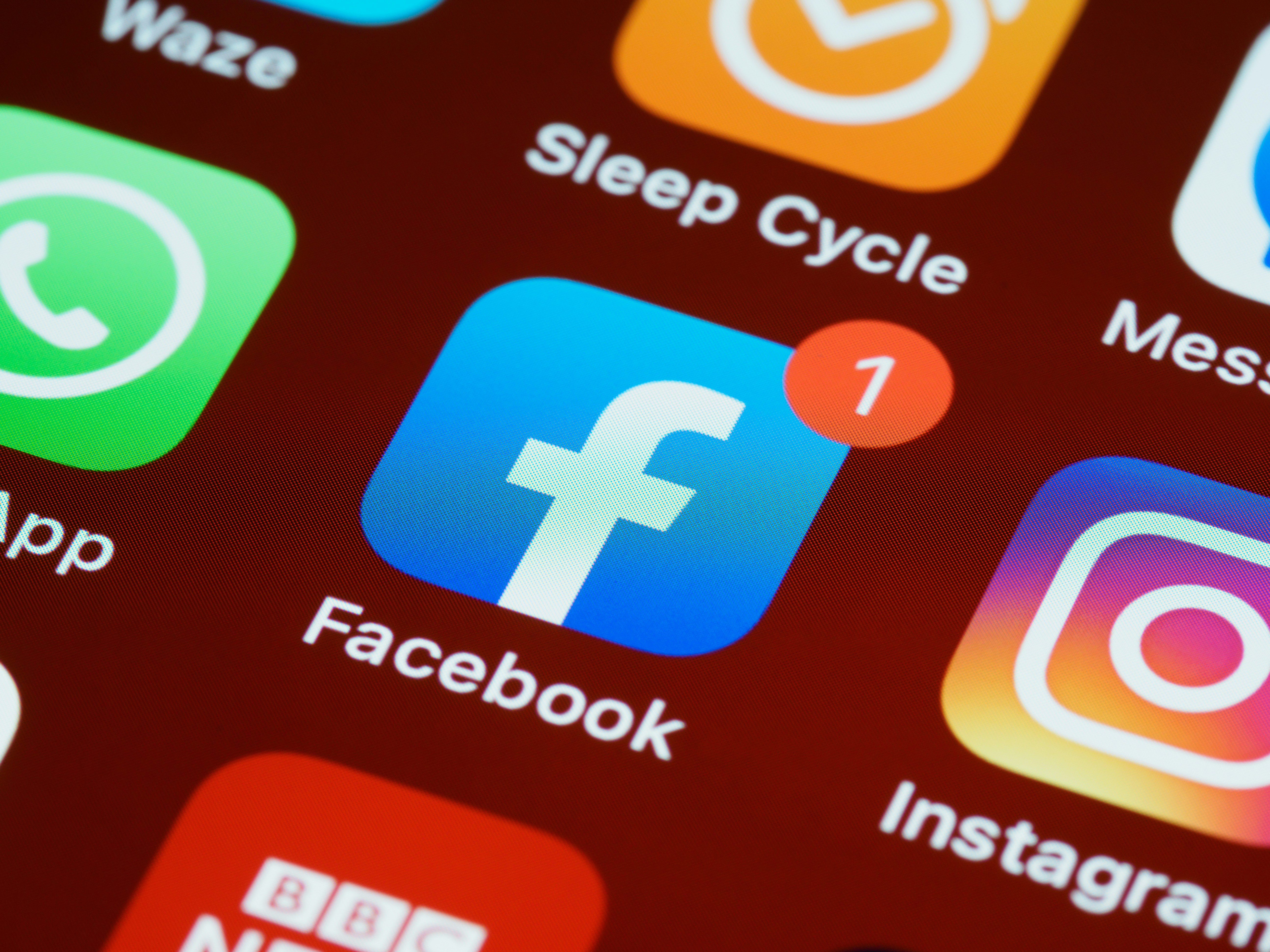Jan 30, 2025
Best Practices
10 Surprising Facts About Public Relations (That Still Shape Your Perception Today)
From ancient Babylon to AI automation, public relations has quietly shaped the way we think, buy, and believe. Discover 10 surprising PR facts that prove just how powerful—and accessible—this strategy really is.
PR is older than your grandmother—and possibly more influential than your favorite celebrity.
That feel-good customer service story?
That perfectly timed celebrity endorsement?
That “spontaneous” viral trend?
All PR.
Here are 10 unexpected truths about public relations that will change how you see media, marketing—and the world.
1. PR Dates Back to Ancient Civilizations
Public relations isn't new. Babylonian clay tablets promoting farming methods are some of the earliest recorded examples of strategic communication. Egyptian pharaohs built monuments not just for legacy, but to shape public perception.
🧠 Then vs. Now: Stone tablets and pyramids were the original press releases. Today, it's content marketing, thought leadership, and digital newsrooms.
2. Freud’s Nephew Invented Modern PR
Edward Bernays, nephew of Sigmund Freud, brought psychology into the mainstream of public persuasion. He coined the term “public relations,” wrote the first PR textbook, and pioneered campaigns like the infamous “Torches of Freedom.”
His key insight? PR doesn’t change what people think—it aligns your message with what they already believe.
3. PR Is Not Advertising
PR earns attention. Advertising buys it.
People trust stories in news outlets more than sponsored content—and it shows. Over 70% of consumers prefer editorial coverage when learning about products.
📢 Advertising says, “We’re great.”
📰 PR gets someone else to say, “They’re great.”
4. One Great Press Release Can Make Global Waves
A well-timed, well-written press release can unlock millions in media exposure. Just ask Tesla. The “shattered” Cybertruck window went more viral than any paid ad could.
The takeaway: Great PR doesn’t just share news—it creates it.
5. Social Media Supercharged PR
Social platforms didn’t replace PR—they supercharged it. What once relied on media gatekeepers now flows directly to your audience.
But this also raises the stakes. One tweet can launch a product—or start a crisis. That’s why modern PR integrates earned, owned, and shared media into a unified strategy.
6. Crisis Management Is the Ultimate PR Skill
When things go wrong, PR determines who survives.
✅ Best example: Johnson & Johnson’s transparent response to the 1982 Tylenol crisis
❌ Worst example: BP’s tone-deaf handling of the Deepwater Horizon spill
Strong PR teams prepare in advance, build relationships, and act fast when it matters most.
7. Famous Cultural Phenomena Started as PR Stunts
Guinness Book of World Records: Created to settle bar arguments and promote beer
Michelin Guide: Encouraged road travel (and tire sales)
Engagement rings: Made popular by De Beers’ decades-long PR campaign
Strategic PR doesn’t sell. It shapes culture.
8. PR Pros See the News Differently
To a PR professional, every headline is a potential pitch. Every journalist's byline is a future contact. Every competitor's move is a signal.
It’s not just media consumption—it’s media strategy. And now, AI can help anyone think this way.
9. PR Is a $100+ Billion Industry
Public relations is massive—over $107 billion today and expected to reach $134 billion by 2027.
In-house PR pros earn more than agency counterparts, signaling how much brands value embedded reputation management.
Yet many companies still underutilize PR—or treat it as reactive, not strategic.
10. AI Is Revolutionizing PR Access
PR used to require:
Big budgets
Agency retainers
Insider access
Now, platforms like Press Rocket democratize PR. They help you:
Generate professional press releases and thought leadership
Match your authentic brand voice
Distribute content across media channels
Track performance in real time
🧠 It's like having a PR strategist, writer, and analyst—on demand.
Ready to Use These PR Insights?
Knowing how PR works is powerful. But using it? That’s where real influence begins.
Here’s how to get started:
Think like a PR pro: What’s the story behind your brand? Why would others care?
Create valuable, consistent content: Newsrooms, articles, and expert insights build authority.
Distribute smartly: Earned, owned, and shared media all matter—especially when working together.
Use AI to scale: Tools like Press Rocket let you publish faster, reach farther, and stay in control of your narrative.
PR isn't just for Fortune 500s anymore.
It's for founders, experts, creators, and businesses ready to own their voice—and earn attention.
And the best part? You don’t need ancient stone tablets to get started.
You just need your story, told strategically.




